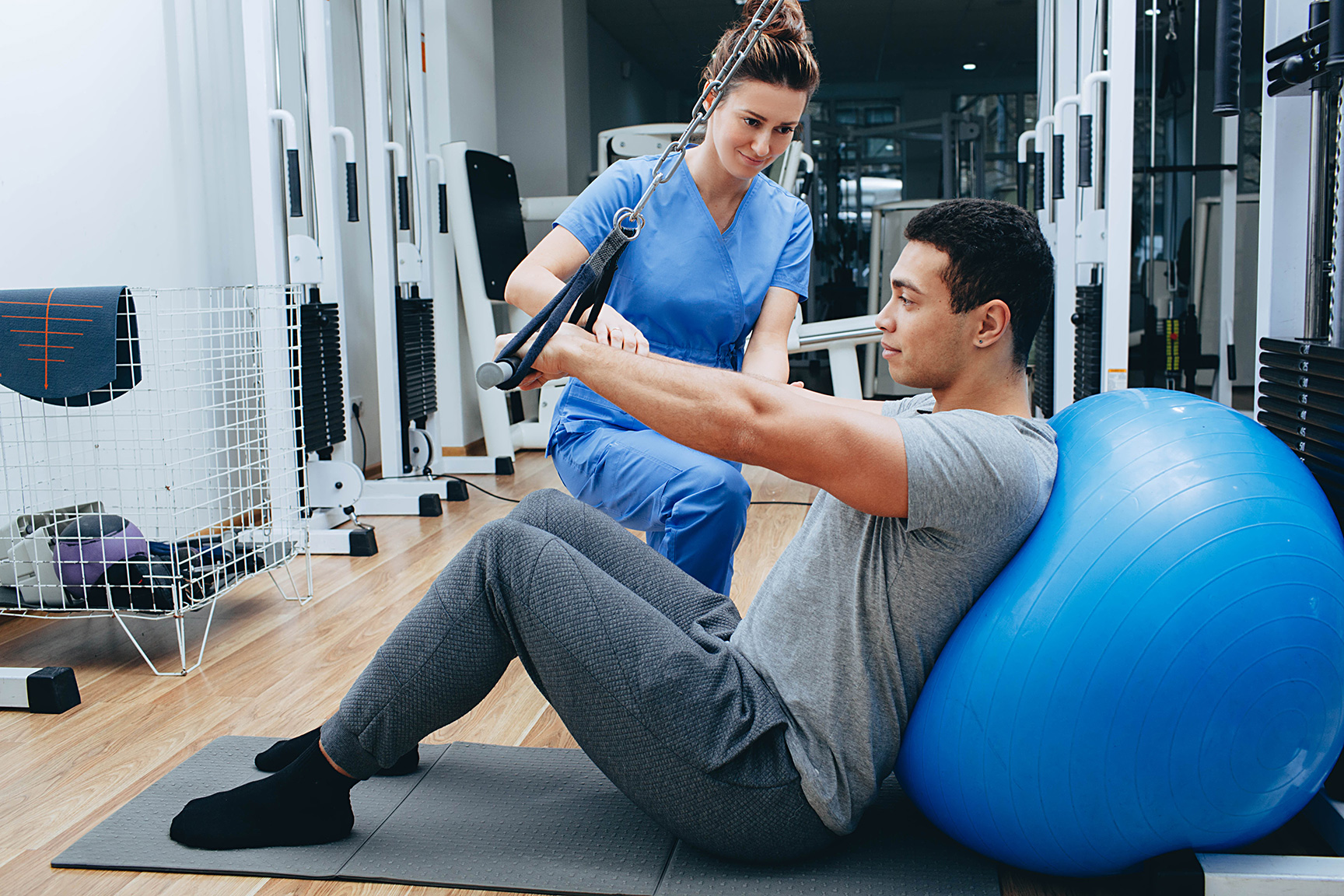Effective Approaches for Alleviating Breathlessness in Physical Therapy Appointments
Effective Approaches for Alleviating Breathlessness in Physical Therapy Appointments
Blog Article
Dyspnea, or difficulty breathing, is a common issue that many individuals face, particularly those with long-term lung diseases, heart issues, or other health conditions. In rehabilitation therapy sessions, addressing dyspnea is essential for helping patients improve their overall quality of life. By utilizing specific techniques and strategies, physical therapists can assist patients in controlling their respiratory difficulties. Grasping these efficient methods can enable both therapists and patients to collaborate together more effectively in overcoming challenges related to dyspnea.
One of the primary methods used to reduce breathing difficulties in physical therapy is the application of regulated breathing activities. These activities often concentrate on diaphragmatic breathing, which encourages patients to use their diaphragm rather than their upper thoracic muscles when breathing in. This method helps to maximize lung capacity and efficiency. Additionally, pursed-lip breathing is another technique that can be helpful. This method requires inhaling through the nose and exhaling slowly through pursed lips, which can help to keep airways clear longer and render breathing feel more manageable. By including these activities into therapy appointments, physical therapists can provide patients with strategies to control their breathing difficulties both during and outside of their sessions.
Another crucial aspect of controlling breathing difficulties in physical therapy is the creation of an individualized exercise program. Customizing exercises to meet the specific needs and capabilities of each patient is essential. Therapists should slowly introduce aerobic activities, such as ambulating or cycling, in a controlled manner, allowing patients to develop their endurance over a period. This progressive method helps patients to feel more at ease with physical activity while simultaneously improving their lung function and overall stamina. It is important for therapists to observe patients carefully during these exercises to make sure they are not overexerting themselves, which could result to increased difficulty of breath.
Education also plays a major role in reducing breathing difficulties during physical therapy appointments. Providing patients with information about their condition and the factors behind breathing difficulties can empower them to take control of their health. Therapists can describe how factors like anxiety, posture, and environmental conditions can affect breathing. By comprehending these concepts, patients can learn to manage their symptoms more you could check here effectively. Techniques such as stress reduction methods and proper body posture can further assist in reducing the impact of dyspnea during routine activities and therapy sessions.
In summary, effectively reducing dyspnea in physical therapy appointments involves a combination of breathing exercises, individualized exercise regimens, and patient teaching. By implementing these effective methods, physical therapists can assist patients control their breathing difficulties and improve their overall well-being. Working together between therapists and patients is crucial to create tailored interventions that meet individual needs. With the appropriate support and methods, patients can experience relief from breathing difficulties and engage more completely in their physical therapy journey, eventually leading to a better quality of life.